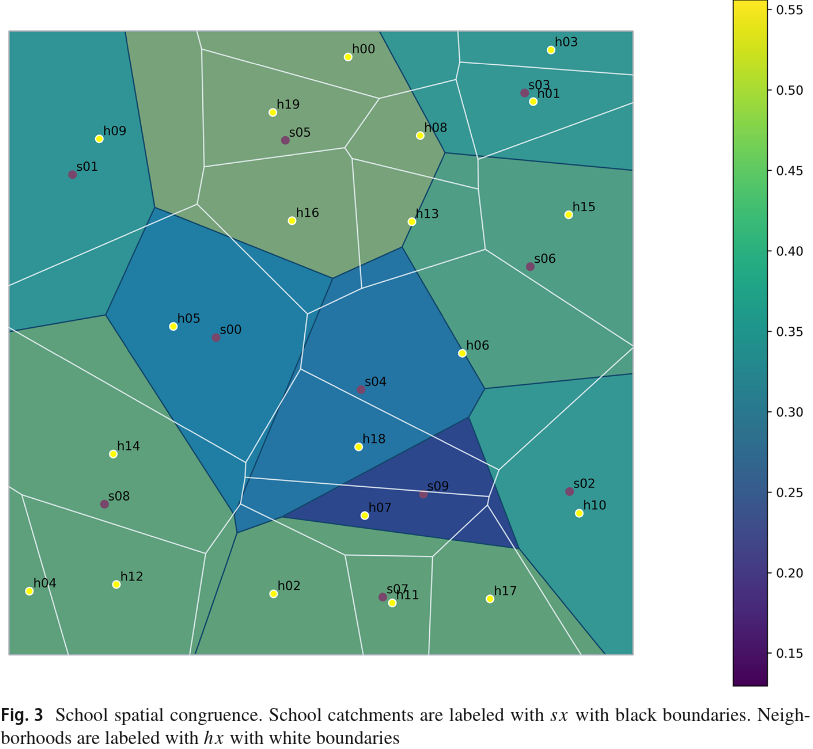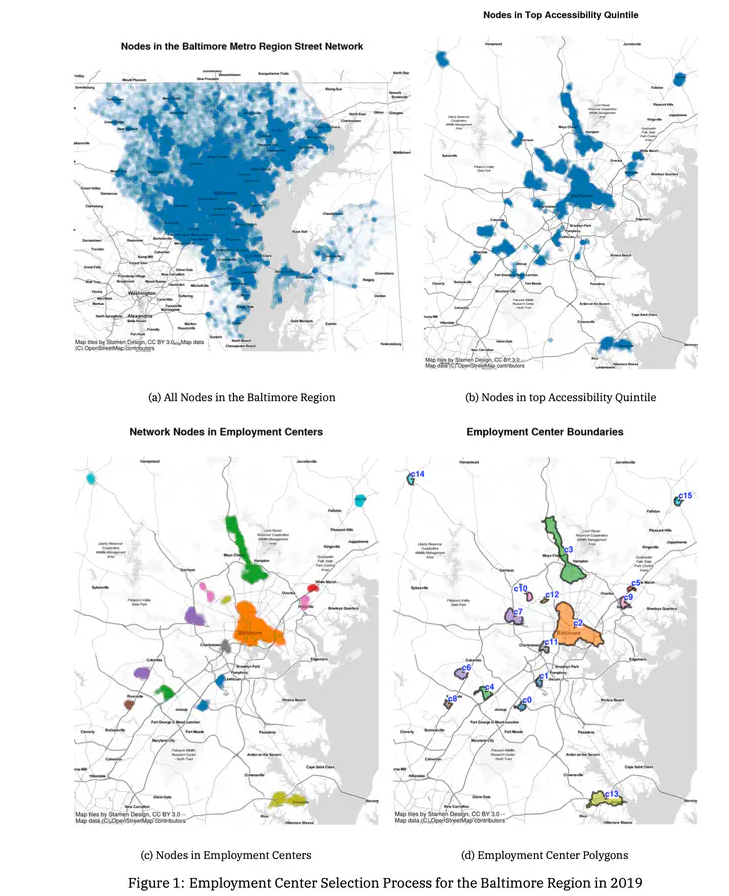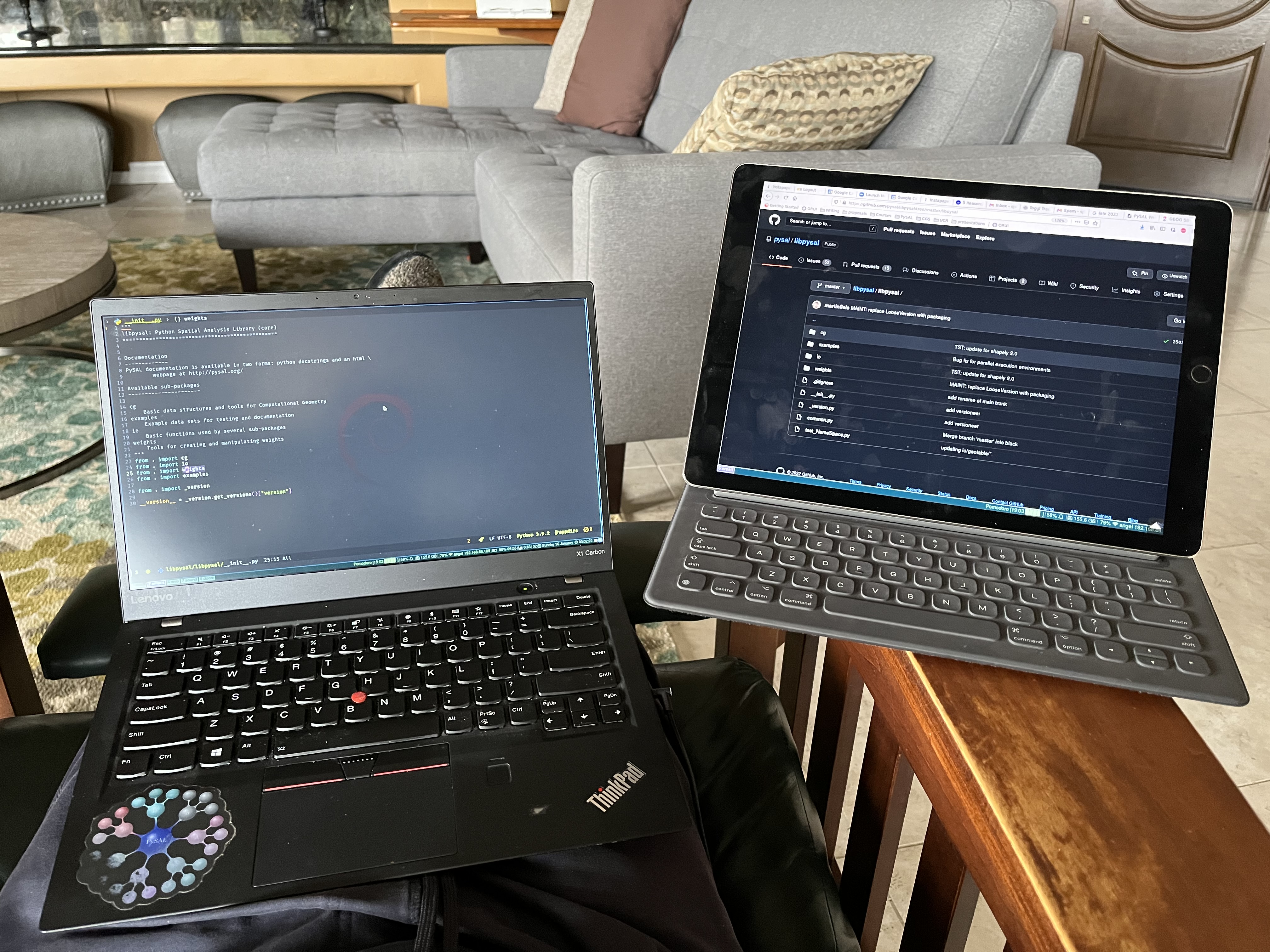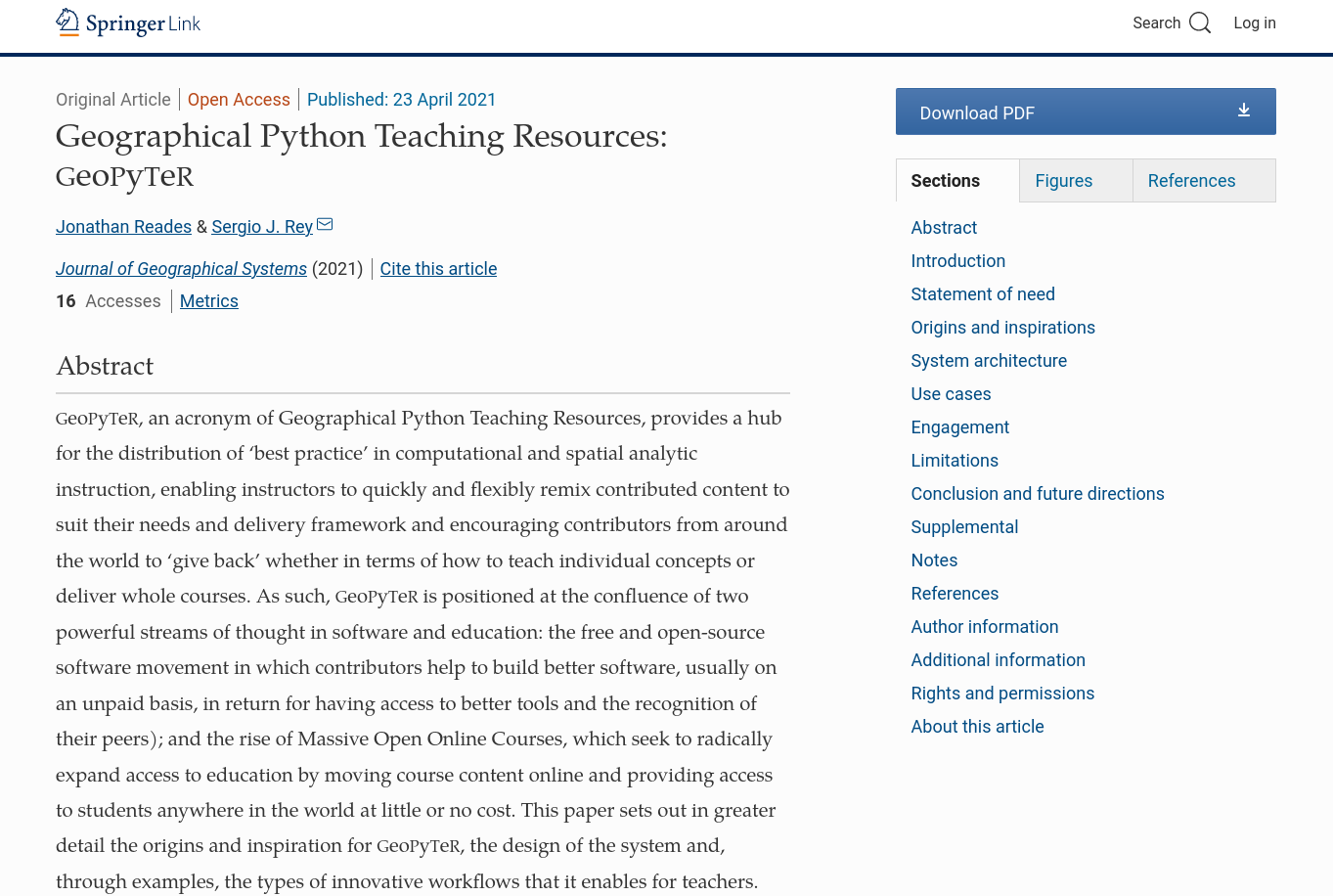Measuring Spatial Congruence in the School-Neighborhood Nexus
Published:

Abstract
This research addresses the critical need for a comprehensive understanding of the spatial dynamics between public schools and residential neighborhoods, both of which significantly influence children’s life outcomes. The study introduces innovative methodologies for examining the spatial relationships between school catchment areas and neighborhoods through geodemographic clustering and spatial congruence measures. By applying these methods to the largest 110 metropolitan areas in the United States, encompassing 24,507 elementary school catchments and 17,608 neighborhoods, the research provides novel insights into how these spatial interactions affect ethnoracial integration and educational diversity. The findings reveal the potential of targeted policy interventions that leverage these spatial relationships to promote equity and reduce segregation in educational settings, thereby offering a valuable framework for policymakers to improve access to opportunities across diverse communities.



